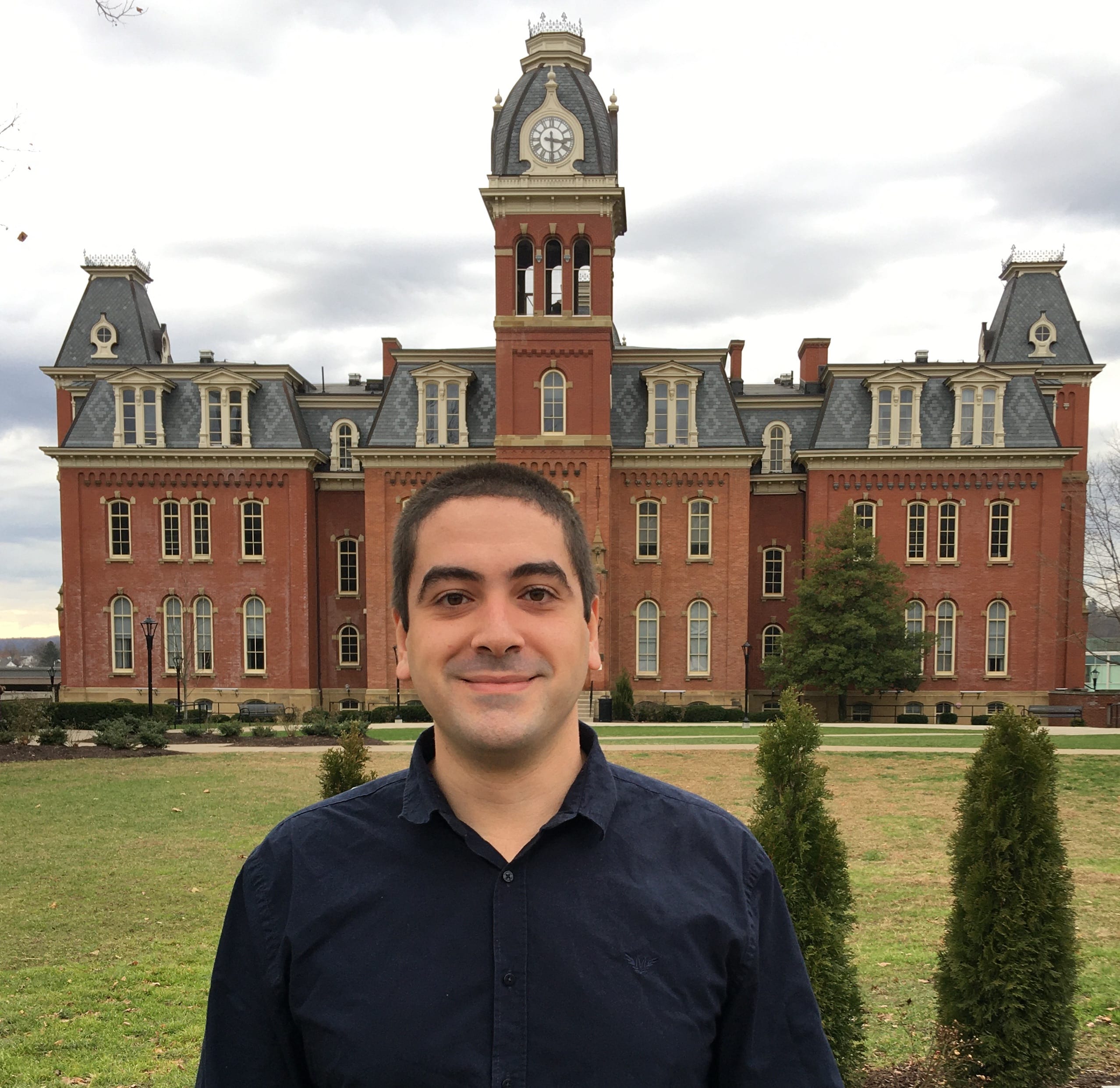Leonardo Werneck
Postdoc fellow
University of Idaho, ID, USA

Contact
Office
EP 314 - Department of Physics - University of Idaho
E-mail
wernecklr@gmail.com
Mailing address
875 Perimeter Drive, MS 09035
Moscow, ID 83844-0903
United States
About me
Hi, my name is Leonardo (Leo) Werneck, and I am currently a postdoc
reseacher at the University of Idaho, where I am
conducting research under supervision of Prof. Dr. Zachariah
B. Etienne. I am also a member of
the TCAN collaboration on Binary Neutron
Stars. I was a postdoc at West Virginia
University from Oct. 2020 to Oct. 2021, where I
worked on the same project I am currently working on.
I have obtained my Ph.D. in Physics from the Institute of
Physics of the University of São
Paulo (USP), under supervision of Prof. Dr. Elcio
Abdalla (see the BINGO telescope
website!), where we have mostly
worked with critical phenomena in the gravitational collapse of massless
scalar fields. During my Ph.D. I have visited Zach Etienne at WVU and we
have worked on extending the equation of
state support of
IllinoisGRMHD
(IGM), a compact, user-friendly, and robust
GRMHD code. IGM is
a rewrite of the original GRMHD code of the Illinois Relativity
Group, of the
University of Illinois at Urbana-Champaign.
I have also obtained a M.Sc. in Physics, under supervision of
Prof. Dr. Victor O. Rivelles, and a
Teaching Degree in Physics, where my undergraduate research was
supervised by Prof. Dr. Artour G. Elfimov, both from USP.
My CV (Updated May 2024)
Research
My research fields are those of Numerical
Relativity and
Computational
Astrophysics. I
have dedicated a good fraction of my Ph.D. to the study of
gravitational
collapse of
massless scalar
fields.
Currently my research focuses on the implementation of advanced
equations of state for IllinoisGRMHD, so that we can more realistically
model neutron stars
(NS). We are also working on adding neutrino physics to IllinoisGRMHD.
SFcollapse1D is an
open-sourced, user-friendly code I have developed during my Ph.D. which
allows the user to study the gravitational collapse of massless scalar
fields in spherical-like coordinates. The code is able to accurately
track the critical solution by making use of non-uniform numerical grids
that fully explore the symmetries of the problem and dramatically
increase the resolution near the center of the simulation. This code is
based on the original
algorithm
developed by Matt
Choptuik, but our grid
choice allows us to solve the problem without making use of adaptive
mesh refinement
(AMR) routines.
NRPyCritCol is
an open-sourced, user-friendly code documented in pedagogical Jupyter
notebooks to study critical collapse
using the BSSN formulation of Einstein’s
equations. It uses the NRPy+
infrastructure to generate highly optimized C code
(with SIMD and
CSE
support) that allows for robust evolution of the Klein-Gordon
equation of a
massless scalar field minimally coupled to the spacetime metric.
Notes
Misc
I love cooking in general and baking in particular. I usually love
making simple, yet delicious, Brazilian desserts and treats, such as
brigadeiros, walnut or
pecan
camafeus
(couldn’t find a link in English, sorry), and
pudins
(which is the Brazilian version of crème
caramel). I also love
making traditional North American treats like chocolate chip cookies,
apple or pecan pies, pancakes, burgers, pizzas, and many more!
I have always loved eating bread, but never had success in making a loaf
from scratch and baking it in my home oven. During the 2019-2020
COVID-19
pandemic,
I have had a lot of time at home to practice and improve my bread making
skills and got fairly decent at it. I fell in love with artisan
sourdough loaves, specifically
because of the fact that they take so long to make but require very
little human interaction, which is perfect for my daily routine. I plan
on sharing some recipes (or, more accuratelly, formulas) and tips for
sourdough baking in the future.